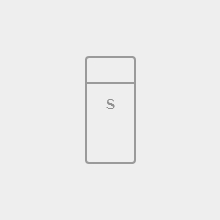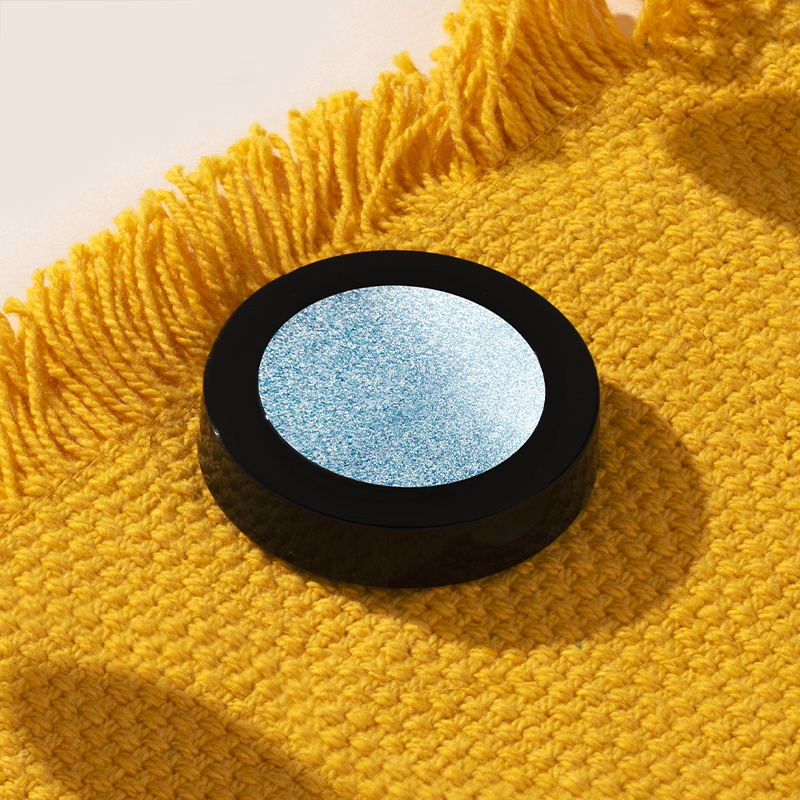History and Evolution of Packaging
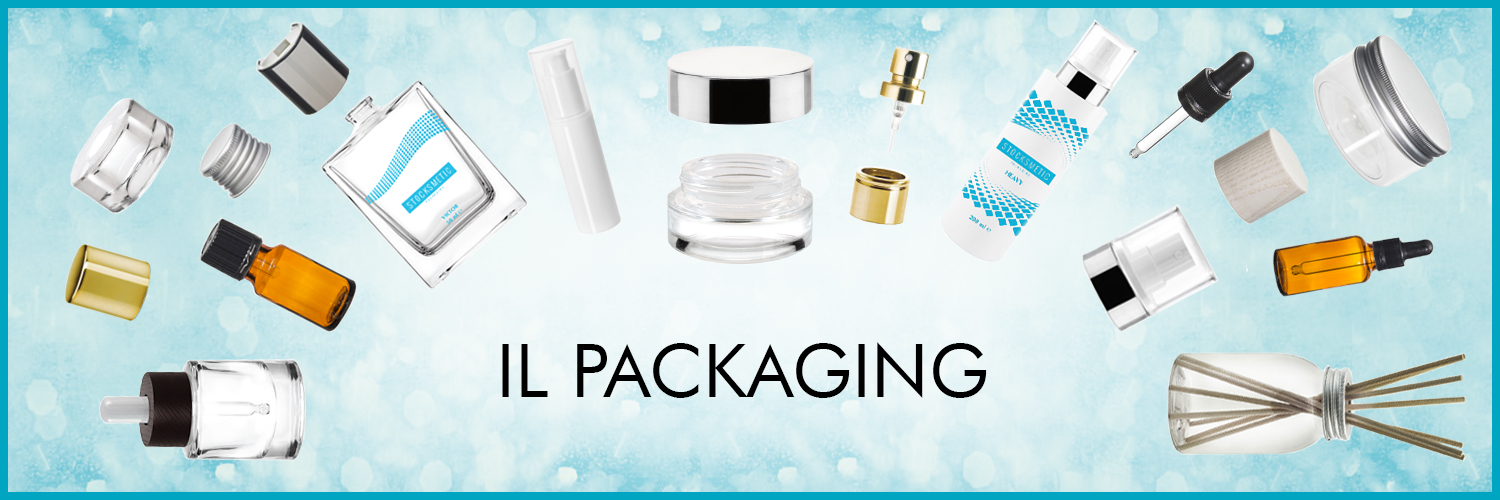
Packaging is that wrapper used to store and carry a good so that it remains intact. According to the Italian legislation, in particular, the packaging is "the product, consisting of materials of any nature, used to contain and protect specific goods, from raw materials to finished products, to allow their manipulation and their delivery from the producer to the consumer or user and to ensure their submission".
Depending on the purpose that it covers you can classify packaging into three categories: primary, secondary and tertiary.
For primary packaging we mean packaging for sales, a packaging conceived so as to constitute a selling unit at the selling point for the end user. It is, therefore, a type of packaging which is very often in direct contact with the goods, and this makes it difficult to distinguish between container and content. Fall into this category, for example, bottles and beverage cans, glass bottles for perfumes, milk cartons, packets of cigarettes or packs of biscuits.
- For primary packaging we mean packaging for sales, a packaging conceived so as to constitute a selling unit at the selling point for the end user. It is, therefore, a type of packaging which is very often in direct contact with the goods, and this makes it difficult to distinguish between container and content. Fall into this category, for example, bottles and beverage cans, glass bottles for perfumes, milk cartons, packets of cigarettes or packs of biscuits.
- Secondary packaging is often referred to as multi-pack. It collects multiple selling units and can be used from the consumer to purchase directly or to facilitate shelves replenishment in the store. In this case, the packaging can be removed without altering the characteristics of the product and constitutes both the selling unit destined to the final user and the one destined to the retailer. Examples of secondary packaging are packs for snacks or containing water bottles, or cartons of cigarettes containing 10 packets.
- By the term tertiary packaging we identify the packaging for the transport, namely the casing designed so as to facilitate transport of a number of selling units or multiple packagings. It is, therefore, a type of packaging intended for the transport of goods in a safe manner, preserving the integrity of the products, and restricted largely to the use within the distribution chain since it does not arrive to the end user. Examples are the pallets of packages or boxes containing different packagings.

The evolution of packaging
Some form of packaging has always existed. Since ancient times, in fact, man has developed the need to contain and protect the fruit of his hard work. For this purpose gourds, shells, hollow logs and animal organs were used.
The birth of ancient societies entailed the development of the first rudimentary forms of packaging for bulk materials. Jars and sacks were employed to contain seeds, amphoras for the oil and wine or baskets to hold the fruits. The containment types of foods and other goods grew rich thanks to the use of metals, but remained mostly unchanged.
The first turning point came in the late eighteenth century. The Industrial Revolution introduced massive changes in the manufacturing industry. Until then, most of the production processes was exclusively based on manual work and on the limited production of goods. The introduction of large-scale mechanization allowed the production of a greater amount of articles. This gave rise to the need of preserving, protecting and differentiating products.
Capitalism and industrialization changed the way of conceiving the object. It transformed into goods to be transported from the production site to the place of sale. In this light, two new requirements spread: the protection of items during long transportations, exposure and buying in stores.
The packaging answered back by becoming a symbol of functionality and aesthetics. Maintaining its primary purpose, protecting the goods, the packaging began to fill the role of persuading consumers to buy that particular product over another.
In the twentieth century the production techniques were so developed to allow the realization of every kind of packages. This is useful not only to sell the product but also to respond to new needs and adapt to changes in the tastes of different epochs.
At the beginning of the twentieth century, the packaging wasn't only asked to protect the contents during transport. It was also asked to submit it to the purchaser fulfilling his visual desire.
The beauty became necessary for packaging, which was perceived as an object totally independent from its content.
.
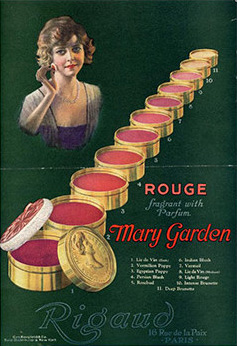
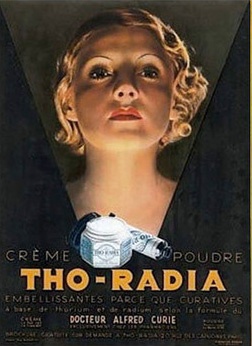
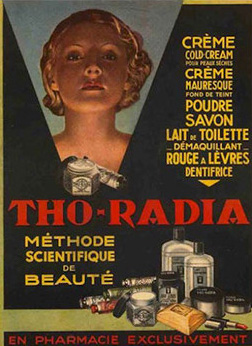
The packaging had its first change in the thirties, when the United States, characterized by mass market and consumption, began to look with increasing interest to it. For the first time the package is considered in its appearance. It is specially designed to better sell a product, without any other purpose. It became a silent salesman. It became a person not endowed with speech, but ready to launch messages and able to make himself understood.
Packaging in the beauty marketing
In the beauty market, perhaps more than in other sectors, the packaging plays a key role in convincing consumers.
In perfumery, in fact, the primary packaging is essential. It supports the brand in communicating the idea behind the product and the message behind the fragrance. In particular, the packaging integrates the brand, which is all in the world of fragrances. It has to fit the brand image and value it. This, in order to study the consumer targets and the type of fragrance to create the most suitable bottle.
So, investing time and resources in the creation of a bottle can determine success or failure of a perfume brand.
Stocksmetic: the design of packaging
Stocksmetic is an online sales site that caters primarily to the B2B market. It is born from the idea of proposing a primary packaging and sophisticated design. With small quantities in mind, we create products for the fragrance industry, skincare and pharmaceutical sectors.
Stocksmetic offers a wide selection of items divided into four product lines:
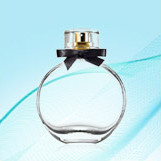
Fragance
This line offers a wide selection of glass bottles, glass or plastic sampling bottles and roll-on bottles. They can be combined with capsules and accessories to create the ideal packaging for your perfume.
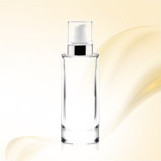
Skin Care
In this line, it's possible to choose between plastic airless bottles, plastic bottles, glass bottles, glass vases and plastic vases. Each item features a simple and elegant design ideal for making a cosmetic line. They can also be combined with a wide range of accessories.
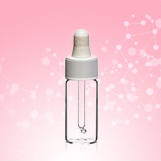
Pharma
This line comes in glass bottles and plastic pill containers, with relative accessories, for your pharmaceutical line.
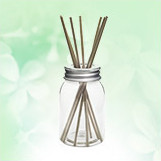
Air Fresheners
In this section we present the containers for environmental perfumers.
Once selected the articles and their interchangeable accessories, Stocksmetic also offers the ability to customize the packaging. Thanks to a wide network of expert partners in the secondary packaging, we can customize it to your liking. For any information regarding our products, please do not hesitate to contact us. Stocksmetic - Custom Packaging tailored for you.
